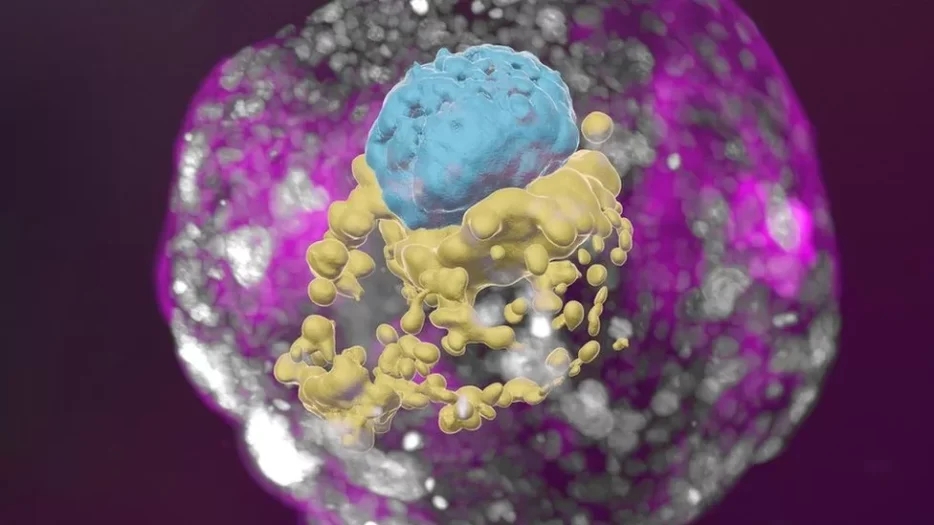
The sensational reproduction of the announcement caused quite a shock (though one that is quickly forgotten). Israeli geneticists from the Weizmann Institute announced that they managed to create “something” that looks very much like a 14-day-old human embryo, without using an egg, sperm, or uterus. In laboratory conditions.
It is not clear what they actually created this way; but certainly it WASN’T an embryo. They themselves refer to an “embryo model”: they reprogrammed blastocysts (this reprogramming will be heard more and more as something physiological…) so that they multiply in a way that resembles the basic early embryonic structures. Essentially, after the “reprogramming” they used various chemical substances to “guide” the blastocysts toward four specific developmental forms: epiblast cells that constitute the initial phase of the embryo; trophoblast cells that form the placenta; hypoblast cells that form the yolk sac; and extraembryonic mesoderm cells. Having created a total of 120 such cells, they mixed them at a specific ratio and then waited to see what would happen.
About 1% of this mixture began to spontaneously develop, creating a structure that resembled but was not identical to a human embryo. It is claimed that this construction will “help specialists understand the early stages of embryonic development” – for whatever noble purpose we assume. However, it has nothing to do with the sensationalist statement scientists created human embryo without eggs / sperm!
Such statements, however, are not made randomly. They propagate (the-power-of-technology…), control (any-social-reactions), shape (the-middle-class-acceptance/resignation), before the relevant applications (e.g.: babies from artificial wombs / machines…) become actually feasible.
In short: they pave the way by putting up the appropriate signage…

